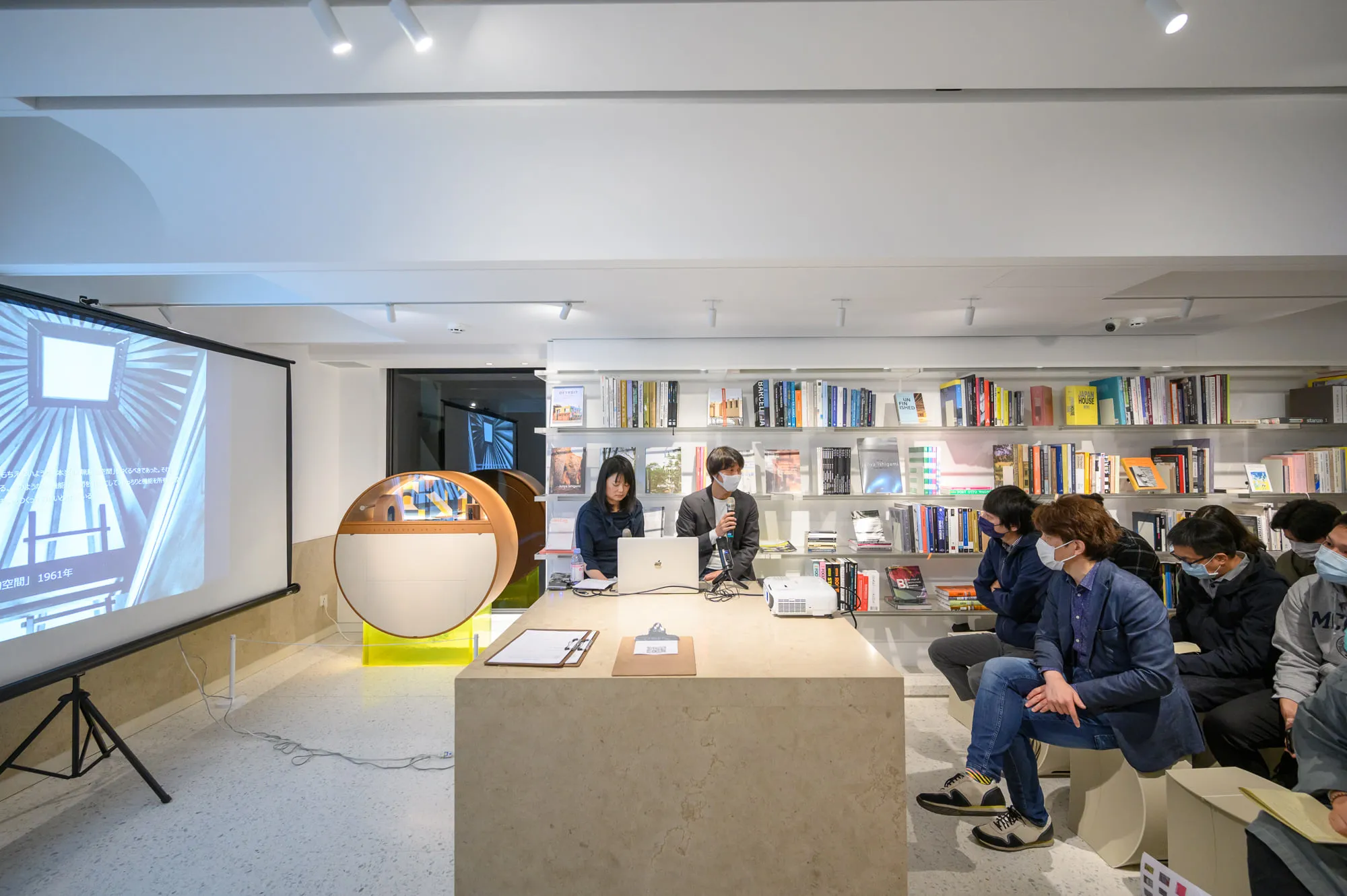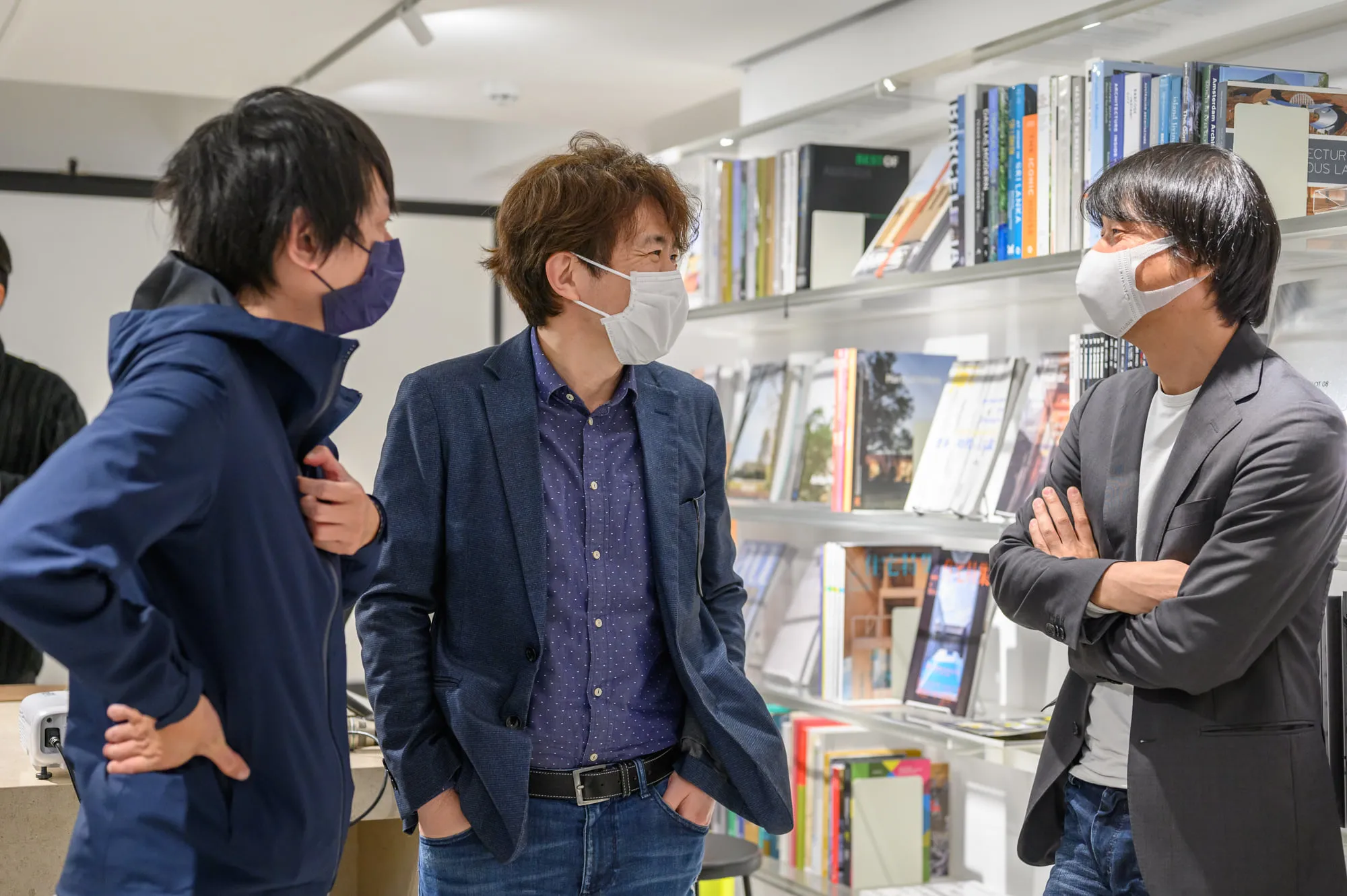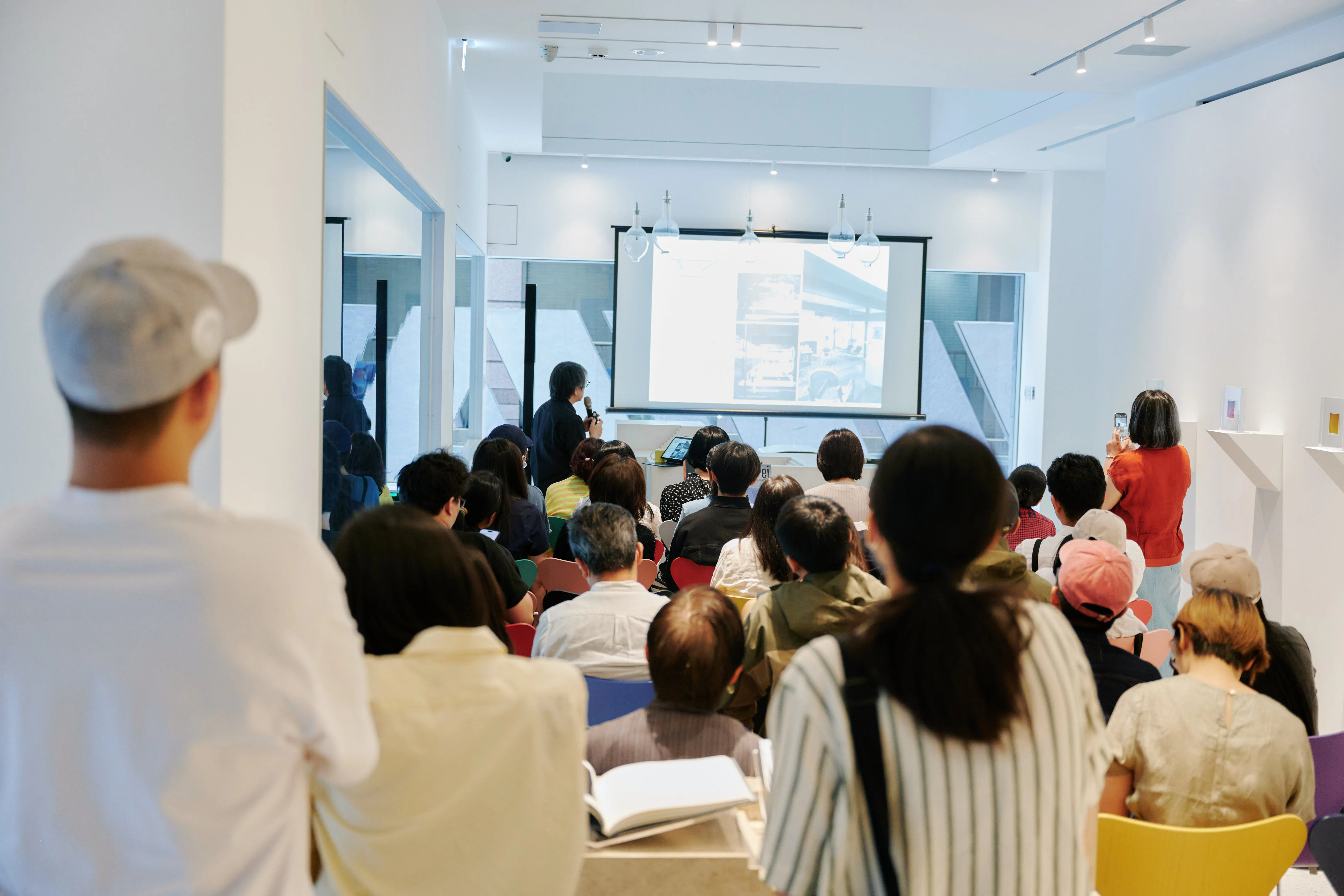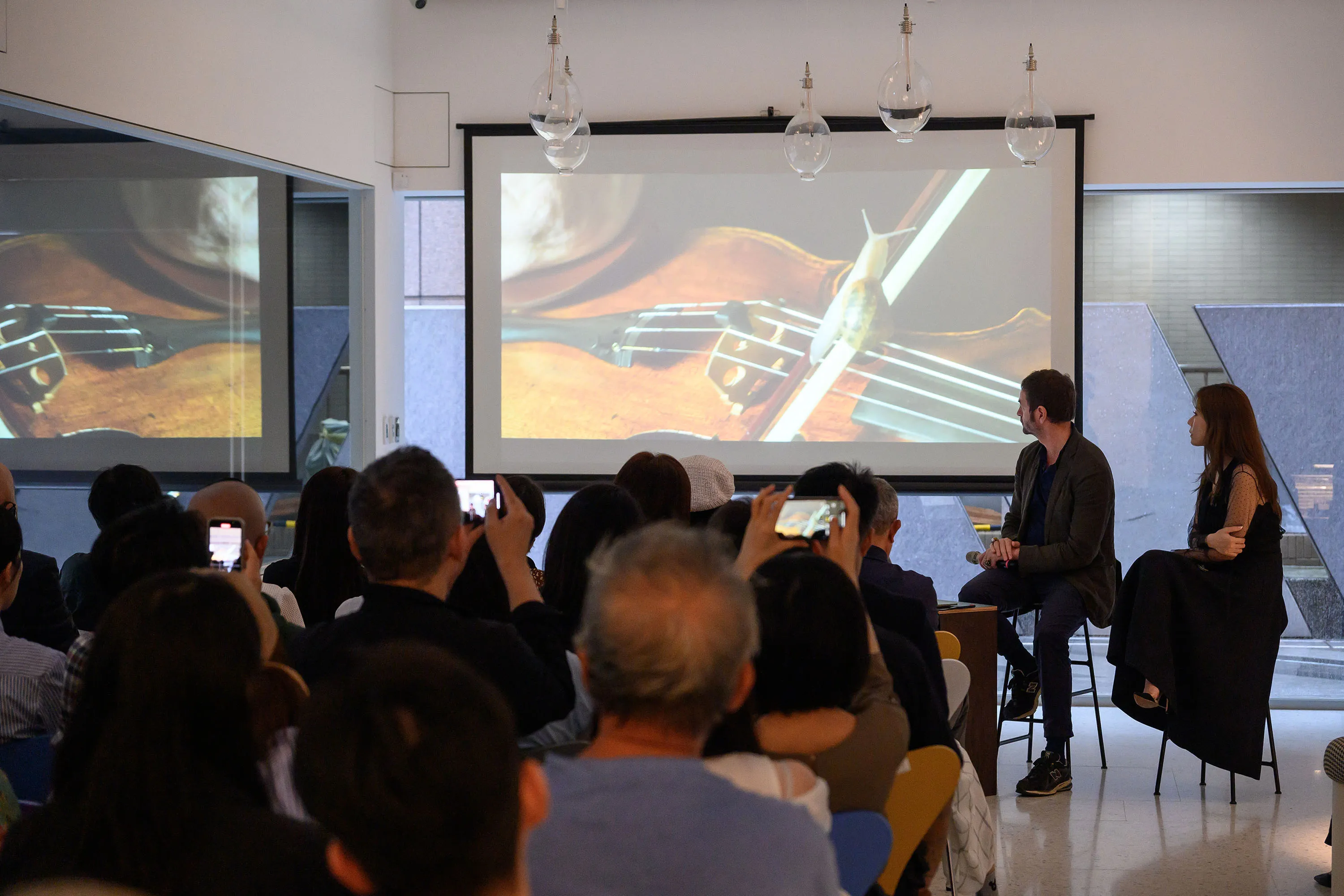
Book Exhibition Salon| Two Talks on Kazuo Shinohara
Speakers
Plateau Ying Shue H2R architects Lead Architect/Partner
Chao Bai Yu Long Shorttree Rural Institute
presiding
Assistant Professor, Curator, Department of Architectural Design, Chak Chi Kong University
locations
Wen Shin Art Center (No. 6, Lane 10, Lane 180, Section 6, Section 6, Minquan East Road, Neihu District, Taipei City)
fees
$300 (This event fee can be credited with invoice discount of $150 for book purchase on the day)
Event Content
At 6.20pm, the Art Gallery will hold its first annual selection of the 2019-2020 series of events — Architecture Salon (3): Two Talks on Kazuo Shinohara, the curation team specially invited Japanese architect and H2R architects, lead architect Hideki Hirahara Zhao Biyu and Professor Zhao Biyu of the Long Shortsu Rural Institute, discussed the Japanese architect Shinobara (Kazuo Shinohara's creative context and its far-reaching influence on architectural thinking.
Kazuo Shinohara (1925-2006) originally studied mathematics and switched to architecture after graduating from Tokyo University of Technology in 1953. He taught at his mother's school after graduating from Tokyo University of Technology in 1953. SHINOHARA'S WORK HAS INFLUENCED JAPANESE ARCHITECTS SUCH AS IRENE SAKAMOTO, YAIKO NAGAYAKAWA, ITOYO ITŌ, GISHIMA WAZE, YUHARI TSUMOTO, YUHARI TSUMOTO, NAGAYAKAWA HAO, AND HIS INFLUENCE IS MORE WIDELY SPREAD AROUND THE WORLD. The Swiss architect Valerio Olgiati, who spoke at the Architectural Salon (2) in this exhibition series, commented on Shinohara's images as his spatial thinking. In 2019, the Harvard School of Design (GSD) also hosted the Shinohara exhibition Shinohara Kazuo: ModernNext.
This time, Master Ishii Ishii of Shinohara will focus on Jutaku-Ron (Essays on Residential Housings) to discuss the path of architectural thinking that began with living space. Zhao Biyu uses four styles of Shinobara's career to discuss the context of the architect's work and share spatial observations of Shinobara's architecture.
In addition to the exhibition “Literature of the Year 2019-2020”, in addition to exhibiting the works of Shinohara's one-man architecture from the 1960s and 70s, there is also a photographic collection of Shinohara a man edited by the Swiss Association of Young Architects Dehli Grolimund and published in 2019 (Kazuo Shinohara: View from This Side), etc. Shinohara's architectural publications span more than 50 years, and the heat has not diminished, and its impact is visible across generations.
Event Review
When Japanese architecture in the 1960s-70s focused on mass production, modernism rooted in modernism, and minimization of residential space, Shinohara explored the possibility of liberating housing, exploring the connection between spatial form and inner spirit through writing and construction. From the perspective of a Japanese architect, Ishii Hiruhara illustrates the way in which Shinohara's iconic work, Essays on Residential Housings, 1970, goes hand in hand with theory and practice. Shinohara inspired the likes of Ito Toyohiro and Sakamoto, who taught at the Tokyo University of Technology. Compared to the giant proposal of Metabolism, the small house focused on the focus of the small house attracted a wide resonance for the creators who approached the younger generation and developed another influence on Japanese architecture. Huge and far-reaching spectroscopic systems.
Taiwanese researcher Zhao Pa-yu presents the four “styles” of Shinobara's creative career and three key works of implicit twists: gradually moving from reflections on traditional Japanese-style dwellings to symbolic spaces filled with abstract, fragmentary meanings; attempting to create a zero-degree machine that empowers the experimenter Object relations in a linkage space; a design process that is constantly evolving and thinking about the masses attracted by chaotic cityscapes. While sharing a field visit to two of Shinohara's classic one-man residences, Zhao was invited by the homeowner to explore the precious images recorded in the interior space, as well as his inspiration and experiments in creating and teaching. For the architects of the Shinohara School, architectural writing is just as important as practice, not only the record of the finished work, but also the exploration and thought of the next step.











